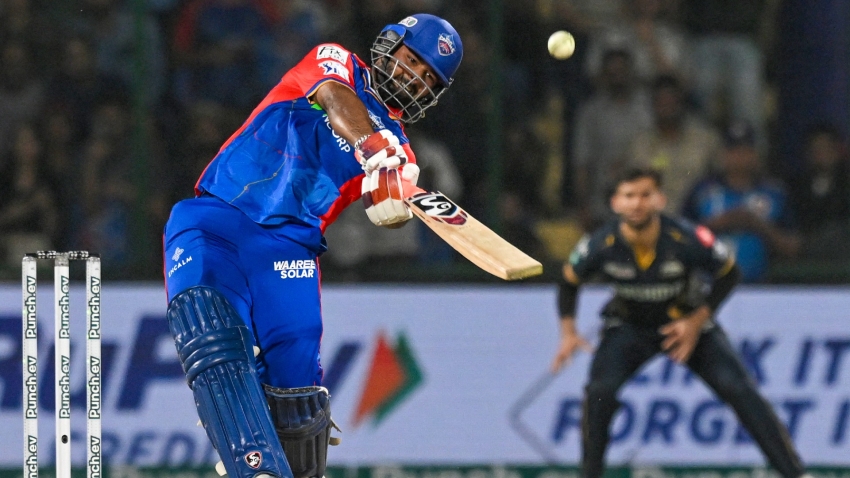West Indies legend Sir Andy Roberts insists the region’s fall off in producing top-class bowling talent is due to the unwillingness of the current generation to put in the hard yards required to be successful.
For decades, the region was the producer of fearsome fast bowling talent, which often left opposition batsmen with plenty to think about. The likes of Roberts, Joel Garner, Malcolm Marshall, Wes Hall, and Michael Holding are only a few of the names who could leave opponents with plenty to dread once they strode to the crease.
Many will point to the pace-bowling lineage being broken with the end of twin towers Curtly Ambrose and Courtney Walsh, with no bowler since managing to come close to consistency matching that once fearsome legacy.
“I don’t think that these guys are prepared for the hard work that fast bowling entails,” Roberts told the Mason and Guest program.
“If you look at it, most players now prefer to play T20s, it's only four overs. I must say that fast bowling is hard work, I would say donkey work, but I just believe they are not prepared,” he added.
In recent times, some have blamed poor preparation of the region’s pitches for suffocation of the Caribbean’s fast bowling talent, Roberts, however, does not agree.
“A lot of people blame the pitches, but I always ask, Pakistan is supposed to have some of the slowest pitches in the world, yet still they produce some of the fastest bowlers in the world. How do they do it and we can’t,” Roberts said.
“People believe that during the 60s, 70s, and 80s we used to have really fast pitches, that is far from the truth. We used to have Kensington Oval, the ball used to swing around and move off the seam on the first day, but after that, it became one of the best batting pitches in the region. It has nothing to do with pitches, it has a lot to do with the work ethics of the young cricketers, they don’t want to work hard.”


































